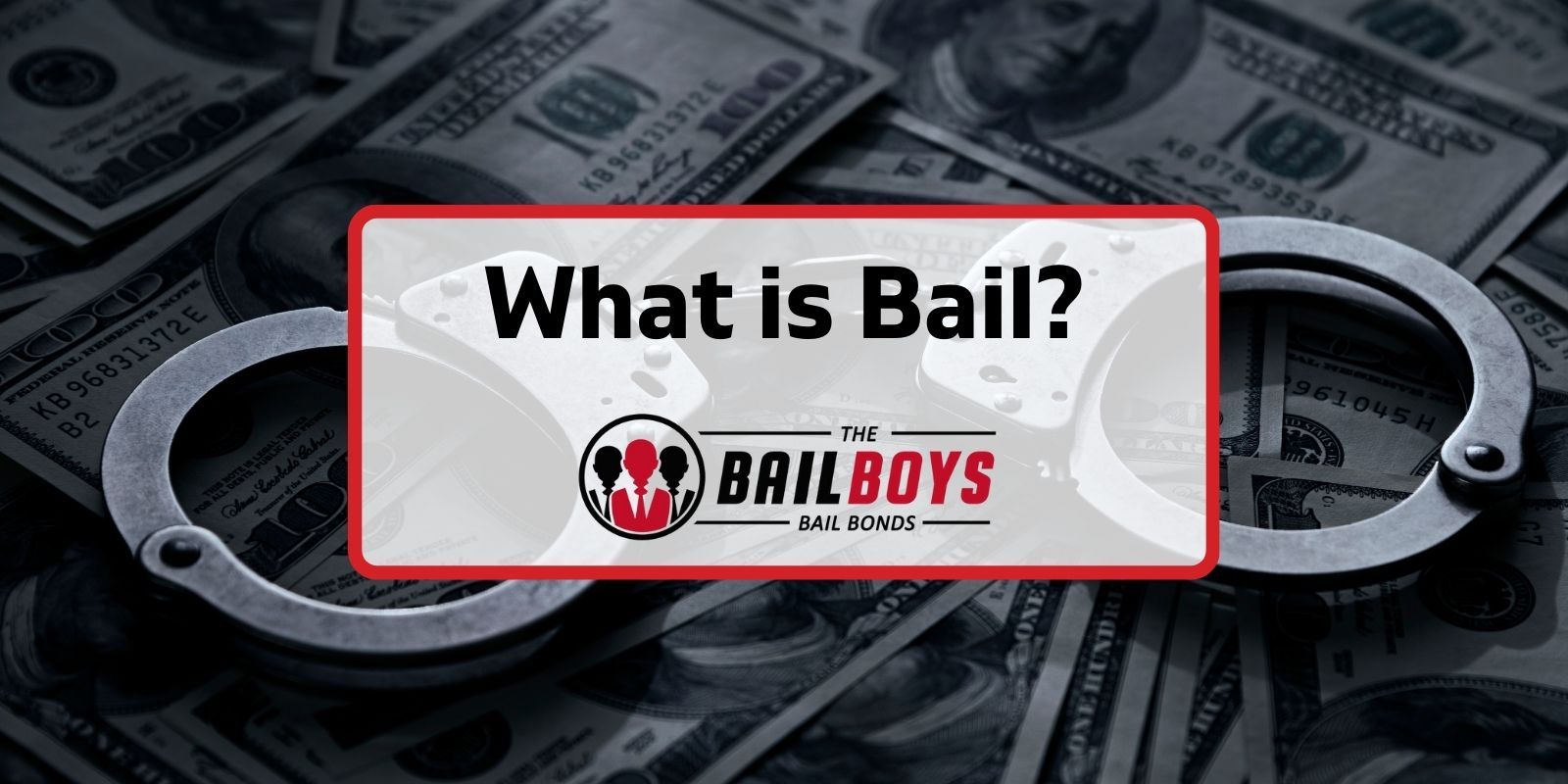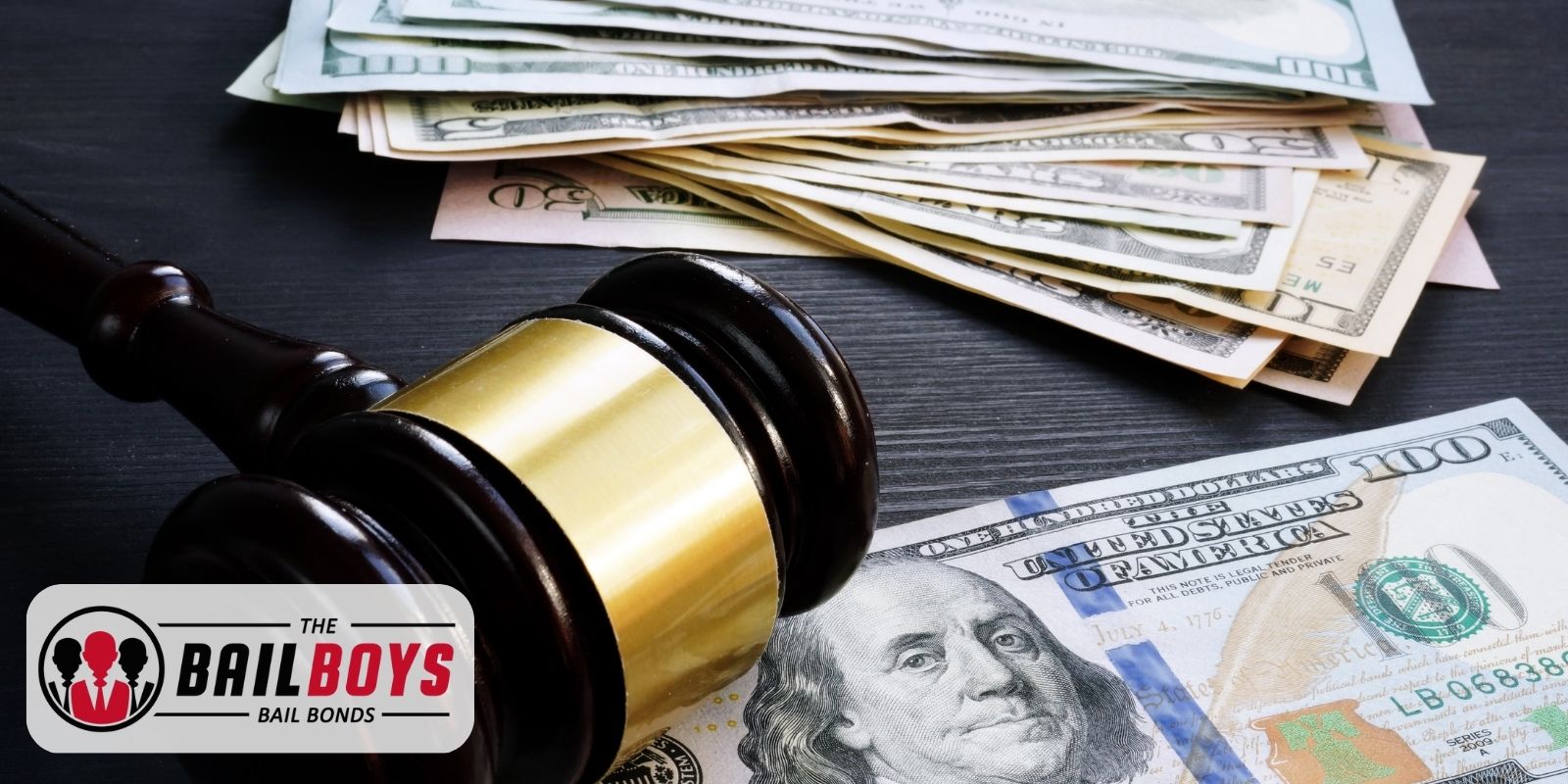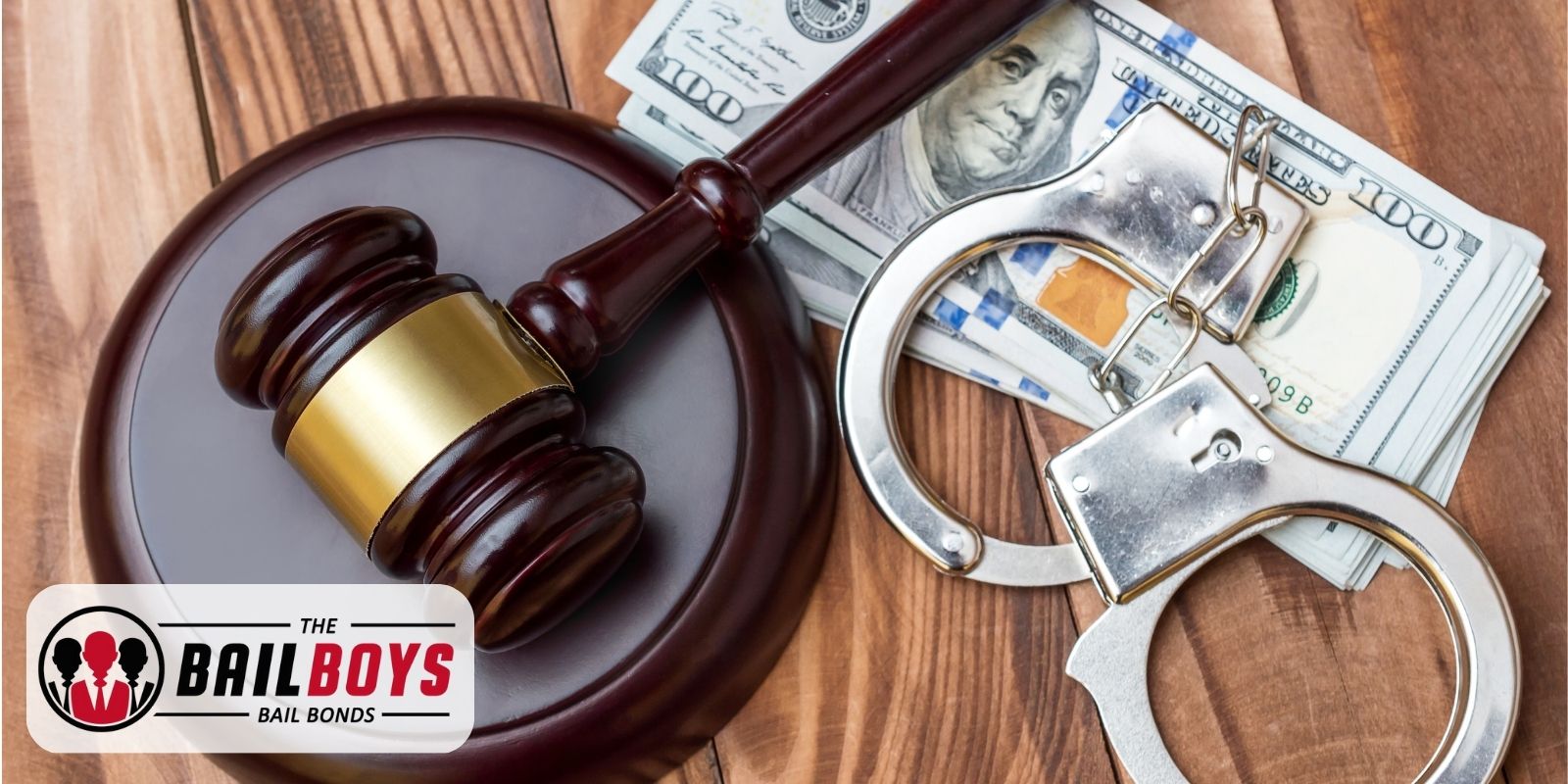
What is Bail? The Complete Guide to Bail & Bonds
Bail is a legal option that secures the temporary release of someone charged with a crime pending trial. Other than allowing an individual short-term freedom from jail, what is the purpose of bail? In general, bail is a simple way to ensure the person returns to court when they need to while keeping the community safe by setting certain rules they must follow.
This guide will answer key questions, including “What is a bail bond?” “How is bail set?” and “How do you pay bail?”
How Does Bail Apply When Somebody is Arrested?

When you or a loved one is arrested, bail plays an important role. It is the key to getting out of jail while you wait for a trial.
Here’s how it works: after the arrest, the person may have a chance to pay bail, a set amount of money the court decides. This payment acts as a promise that they will return for their trial. If they return to court, the bail money is returned after the trial ends. If they don’t show up, they lose the bail money and might even face additional charges.
How Is Bail Determined
Bail is set by a judge and is based on several key factors to ensure it’s fair and appropriate for each case, including:
- Severity of the Crime: The more serious the crime, the higher the bail. Given the greater consequences of the charges, this ensures that the defendant returns to court.
- Criminal History: If the defendant has a past criminal record, especially failing to appear in court, they might face a higher bail amount.
- Community Ties: People with strong local connections, like family or a job in the area, may get lower bail, as they’re less likely to flee before their trial.
- Risk to the Public: If releasing the defendant could pose a danger to others, the bail amount might be higher to avoid their release.
They might work with a bail bondsman if someone can’t afford bail. The bondsman pays the bail for a fee (usually a percentage of the total bail amount) and ensures the defendant returns to court.
What Happens Once Bail is Paid?

Once the bail has been posted, the defendant will be released from custody and will be required to return to court for their trial. If the defendant fails to appear in court, the bail will be forfeited, and a warrant will be issued for their arrest.
What Are The Different Types Of Bail?
Several types of bail can be used to secure someone’s release from jail. Each type has its requirements and comes with certain pros and cons:
- Cash Bail: You may have heard this phrase before, but what is cash bail? It involves paying the full bail amount in cash. The defendant (or someone on their behalf) must provide the total amount to the court.
- Property Bond: Instead of cash, property can be used as collateral. The property must have a value equal to (or more than) the bail amount.
- Own Recognizance (OR): No money or property is needed for this bail option. The defendant is released based on their promise to return for court dates and comply with set conditions.
These options provide different ways to meet bail requirements, depending on the defendant’s financial situation, the specifics of the case, and the court’s opinion of their trustworthiness.
Bail Conditions

In addition to the bail amount, a judge may also set conditions for the defendant’s release. These conditions may include things such as remaining in a certain geographic area, staying away from certain individuals, or avoiding certain types of behavior. If the defendant fails to comply with these conditions, they may be taken back into custody.
There are many different factors that a judge will consider when determining the bail amount and conditions for release. Some of these factors include the defendant’s criminal history, the nature and severity of the alleged crime, and whether the defendant is considered a flight risk. In some cases, a judge may deny bail altogether if they believe that the defendant poses a danger to the community or is unlikely to appear in court for future court appearances.
How and Why Bail Amounts Can Vary

It is important to note that bail amounts can vary greatly depending on the jurisdiction and the type of crime. For example, misdemeanor and infraction offenses typically have much lower bail amounts than more serious felony offenses. Additionally, bail amounts can vary depending on the county or state in which the arrest took place. For example, bail amounts in Orange County, California may be different than those in a different county in the state.
In recent years, there has been increasing criticism of the bail system, with many arguing that it disproportionately affects low-income individuals and people of color. Critics argue that individuals who are unable to afford bail are more likely to be held in custody while awaiting trial, which can have a negative impact on their ability to defend themselves and can lead to longer sentences.
In response to these criticisms, some states (like California) and municipalities have implemented bail reform measures, such as using risk assessment tools to determine bail amounts, or eliminating cash bail altogether. However, these reforms have faced pushback from some law enforcement officials and bail bond companies, who argue that they will lead to more defendants being released without paying bail and that this could increase the risk of defendants failing to appear in court.
Bail Amounts Are Not Always Black and White

In the end, bail is a complex and nuanced concept, with many factors that are taken into account when determining the amount and conditions of release. It is ultimately up to the discretion of the judge or magistrate to determine the bail amount, and the defendant’s criminal defense attorney may be able to argue for a lower bail amount or for the defendant to be released on their own recognizance.
It is important to note that if a judge or magistrate denies bail or sets a high bail amount, a defendant can seek a bail reduction by filing a motion with the court. This motion must be filed by the defendant’s criminal defense attorney and must demonstrate that the defendant is not a flight risk, is not a danger to the community, and will appear for all court dates. In some cases, a judge may reduce the bail amount if it can be demonstrated that the defendant cannot afford it.
In addition, if a defendant is unable to post bail, they may be able to obtain the services of a bail bond company, which will post the bail on the defendant’s behalf. However, it is important to remember that bail bond companies are for-profit businesses and will typically charge a non-refundable fee, usually 10% of the total bail amount, for their services. This fee is non-refundable, even if the defendant is ultimately found not guilty or the charges are dropped.
It’s also important to note that bail bond companies have a vested interest in ensuring that defendants make all of their court appearances, as they will be liable for the full bail amount if the defendant fails to appear in court. To mitigate this risk, bail bond companies may require collateral, such as property, to secure the bond. In some cases, they may also require that a family member or other responsible party co-sign the bond.
What to Do if You Need to Post Bail
If you need to post bail, gather the necessary funds or property for cash bail or a property bond. If you can’t afford the full amount, consider contacting a bail bondsman. The Bail Boys can help you navigate the bail process smoothly and quickly, minimizing hassle during a stressful time. We offer expert advice and support 24/7 so you or your loved one can secure release immediately.
Call The Bail Boys today for immediate assistance with posting bail.


